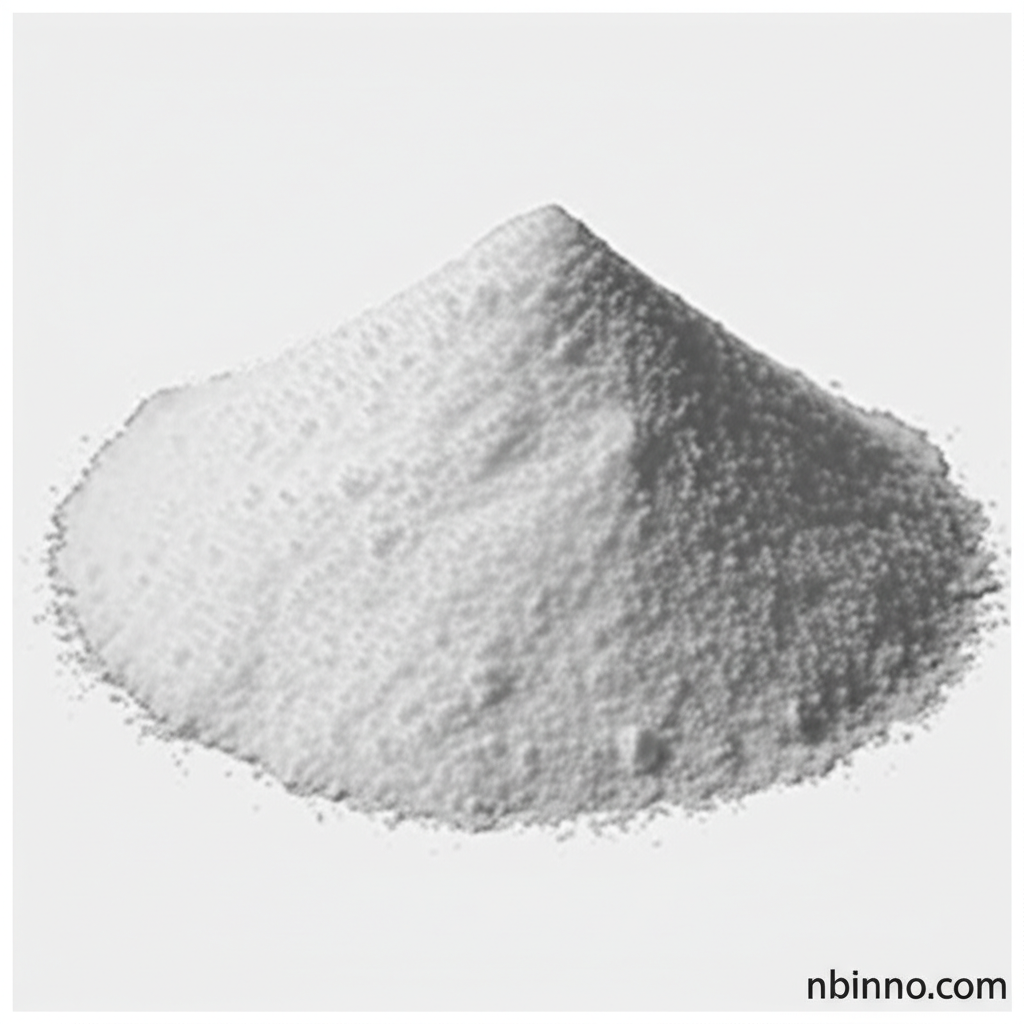D-Glutamic Acid: Properties, Applications, and Benefits in Pharmaceuticals and Beyond
Explore the multifaceted world of D-Glutamic Acid, from its fundamental chemical properties and biological functions as a key neurotransmitter to its diverse industrial applications as a pharmaceutical intermediate and beyond.
Get a Quote & SampleProduct Core Value

D-Glutamic Acid
D-Glutamic acid is a crucial amino acid with significant roles in both biological systems and industrial applications. Its function as an excitatory neurotransmitter in the vertebrate nervous system, impacting processes like learning and memory, highlights its neurological importance. As a potential pharmaceutical intermediate, it offers pathways for developing new therapeutic agents. We are a reliable supplier in China, committed to providing high-quality D-Glutamic Acid for your research and manufacturing needs.
- Understanding the D-Glutamic acid biosynthesis pathways is key for optimizing its production and exploring its therapeutic potential.
- The metabolic roles of D-Glutamic acid extend beyond neurotransmission, influencing various cellular processes.
- Delve into the D-Glutamic acid chemical properties to understand its behavior in different environments.
- Discover the diverse applications of D-Glutamic acid in the food industry and its function as a flavor enhancer.
Advantages of D-Glutamic Acid
Neurotransmitter Function
As a primary excitatory neurotransmitter, D-Glutamic acid is fundamental to brain function, significantly influencing learning and memory. Its precise role in neural signaling pathways makes it a subject of extensive research for neurological disorders.
Pharmaceutical Intermediacy
D-Glutamic acid serves as a valuable building block in the synthesis of complex pharmaceutical compounds, offering a critical component for drug development. Its potential as a pharmaceutical intermediate drives demand for reliable sourcing.
Industrial Production Efficiency
The industrial production of D-Glutamic acid primarily utilizes aerobic fermentation, a cost-effective method that ensures a consistent supply for various applications. The efficiency of this process contributes to its accessibility.
Key Applications
Pharmaceutical Intermediates
D-Glutamic acid is widely used as a precursor or intermediate in the synthesis of various pharmaceutical drugs. Its chemical structure makes it suitable for creating complex molecules with therapeutic properties, supporting the development of new treatments.
Neuroscience Research
As a major excitatory neurotransmitter, understanding D-Glutamic acid's role is crucial for neuroscience. Research into its involvement in synaptic plasticity, learning, and memory contributes to our knowledge of brain function and neurological diseases.
Food Industry
D-Glutamic acid, often in the form of monosodium glutamate (MSG), is utilized as a flavor enhancer to provide the savory umami taste. This application highlights its impact on culinary products and consumer preferences.
Biochemical Studies
Its presence in bacterial cell walls and its unique metabolic pathways make D-Glutamic acid a subject of interest in biochemical and microbiological studies. Understanding its production and utilization offers insights into microbial processes.
